 |
Identifying Essential Components of Child Care Supervision (CDA 1 & 5) |
2.00 |
This course delves into the heart of quality child care: effective supervision. Identify and analyze key components of best practices, fostering safe and enriching environments for children. Through critical reflection and comparison of current methods, discover invaluable opportunities to enhance your supervision strategies and empower a thriving learning environment. |
 |
Image Editing |
1.25 |
This course covers photo file formats, editing software, and fixing common image problems. You will also learn about making adjustments to your images to make them look more professional. |
 |
Implicit Bias |
1.00 |
In this course, you’ll learn about implicit biases that happen despite our best intentions. After completing this course, you will be able to:
Define implicit bias.
Describe how implicit bias can impact the workplace or an organization.
Identify the steps you can take to further educate yourself about this topic.
|
 |
Implicit Bias (Corrections) |
1.00 |
In this course, you’ll learn about implicit biases that happen despite our best intentions. After completing this course, you will be able to:
Define implicit bias.
Describe how implicit bias can impact the workplace or an organization.
Identify the steps you can take to further educate yourself about this topic. |
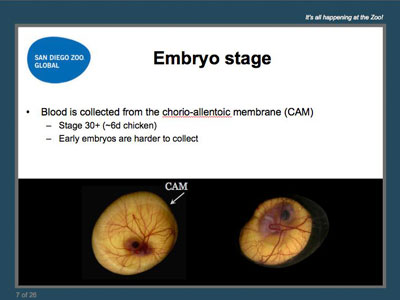 |
In Ovo Sexing |
0.50 |
This webinar will discuss the advantages that an avian breeding facility will gain, when using in ovo sexing as a management tool. Tom will cover the details of shell removal, needle selection, blood removal and shell repair post-sampling. The presentation will finish up with a short discussion of DNA analysis and examples of species currently managed at San Diego Zoo Global’s bird breeding programs. |
 |
Incentives and Motivation |
2.00 |
Motivation, incentives and rewards can help pull a team together and keep a successful staff on track. In our profession, incentives rarely come in the form of extra earnings, so we have to be creative in designing incentives. During this course, participants will look at several strategies for providing meaningful incentives for staff, as well as techniques to determine what motivates them and their staff. |
 |
Incident Command System (ICS) Overview for Executives and Senior Officials |
2.00 |
This course covers the Incident Command System and the different departments that fall under it. It also covers the roles of officials and staff under the ICS and how to incorporate them into incident management. |
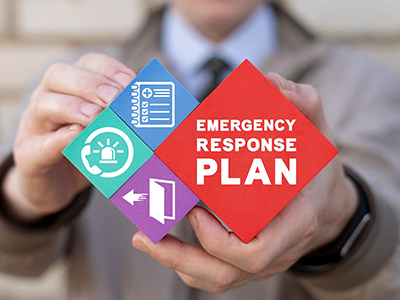 |
Incident Command System ICS-100 |
0.50 |
This course covers the Incident Command System, a systemized and standardized approach to incident management. The Incident Command System works for small and large incidents. |
 |
Incipient Stage Fire Extinguisher Education |
0.50 |
This course covers statistics about fires, the purpose of fire extinguishers, the types of fire extinguishers and their classifications, how to operate a fire extinguisher and more. |
 |
Including Children and Youth with Disruptive Behaviors |
2.00 |
When working with children and youth, we encounter a wide range of behaviors. Effective behavior guidance strategies can help reduce the amount of time and energy spent addressing disruptive behaviors in the program. During this course, participants will explore the challenges of children and youth with disruptive behavior and learn strategies for effectively addressing these behaviors. |
 |
Incorporating Physical Activity Into Every Day (CDA 2) |
2.00 |
This course empowers childcare providers to overcome common challenges and integrate joyful physical activity into their daily routines. Discover practical, budget-friendly solutions to overcome barriers related to space, equipment, and even your expertise. Learn from a leading physical education expert and unlock a treasure trove of engaging activities that get kids moving, laughing, and learning. |
 |
Individualized Care and Routines (CDA 4 & 5) |
2.00 |
Caregiving routines provide us with opportunities to build close, personal relationships with each of the children we care for. When carried out responsively and without haste, these routines also create learning opportunities. To support a child's need for consistency and predictability, the routines we carry out should reflect families' caregiving practices at home.This course is designed to be part of a Child Development Associate (CDA) Credential™ curriculum. It covers CDA Subject area 4: Strategies to establish productive relationships with families, as well as area 5: Strategies to Manage Effective Program Operation.
This course can also be taken as a stand-alone learning event or as part of a broader early childhood education curriculum.
|
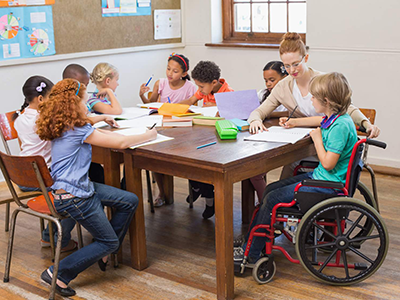 |
Individuals with Disabilities for Paraprofessionals |
2.00 |
This course will help you develop new knowledge about students with disabilities by taking you through the Special Education referral process for school-age and preschool-age children. It will also cover the referral process for early childhood programs. This course will help you understand your role as a paraprofessional in supporting these students and their teachers. It is just one out of many paraprofessional courses we offer.
Note: Please be aware that this course covers the complete process from Birth to 12th grade, which makes it quite lengthy. While your primary focus might be on Pre-K to 12th grade, it's important to understand how this process develops in the early years. |
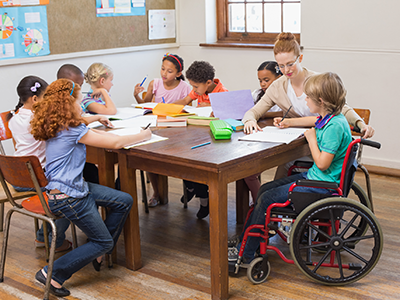 |
Individuals with Disabilities for Teachers |
2.00 |
This course is all about Individuals with Disabilities. This course will help you develop new knowledge about students with disabilities by taking you through the Special Education referral process for school-age and preschool-age children. It will also cover the referral process for early childhood programs. This course will help you understand your role in supporting these students.
Note: Please be aware that this course covers the complete process from Birth to 12th grade, which makes it quite lengthy. While your primary focus might be on Pre-K to 12th grade, it's important to understand how this process develops in the early years. |
 |
Indoor Air Quality |
1.00 |
This course covers indoor air quality (IAQ) and useful associated skills. You will learn the difference between sick building syndrome and building-related illness, as well as the conditions that cause these illnesses. You will also learn model IAQ policies and practices. |
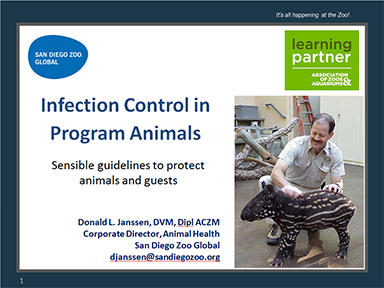 |
Infection Control in Program Animals |
1.00 |
The purpose of this webinar is to offer a sensible approach for providing safe guest interactions with program animals at AZA zoos. The presentation will help you understand how to prevent zoonotic diseases and how to respond when they occur. You will learn the single most effective method of infection control. Participants will understand what is more important than making sure all animals are free of infectious diseases. It will help you to decide what species you can use for animal contact situations, what diseases to screen for, and how to respond to laboratory test results.
|
 |
Infectious Diseases in Early Childhood (CDA 1) |
3.00 |
An infectious disease is an illness that is caused by organisms such as bacteria, viruses, fungi, and parasites. Many of these organisms live in or on our bodies, and are normally harmless. But under certain circumstances, they can cause disease. This course is also designed to be part of a Child Development Associate (CDA) Credential™ curriculum. It covers Subject Area 1: Planning a Safe, Healthy Environment to Invite Learning. |
 |
Infectious Diseases: Causes and Symptoms |
1.00 |
An infectious disease is an illness that is caused by organisms such as bacteria, viruses, fungi, and parasites. Many of these organisms live in or on our bodies, and are normally harmless. But under certain circumstances, they can cause disease.
Course Learning Objectives:
- Describe infectious disease, and the ways in which germs that can cause infectious disease are spread.
- Identify common symptoms of infectious diseases, and why young children are vulnerable to infectious diseases. |
 |
Infectious Diseases: Daily Health Check |
1.00 |
This course is focused on the daily health check, and how it relates to policy guidelines about whether or not children with symptoms of infectious diseases can participate in program activities.
Course Learning Objectives:
Describe the elements of a daily health check.
Discuss how daily health checks relate to policy guidelines about whether or not children with symptoms of infectious diseases can participate in program activities. |
 |
Infectious Diseases: Environmental Management |
1.00 |
This course is focused on reducing the risk of infectious diseases in early care and education environments.
Course Learning Objectives:
List environmental management strategies for reducing the spread of germs that cause infectious disease. |
 |
Information Security Awareness |
1.50 |
This course covers the fundamentals of information security, how to limit the amount of data collected, and duration of storage, and the ways to identify threats. |
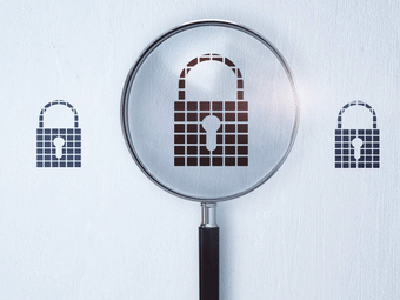 |
Information Security Awareness (Corrections) |
1.50 |
This course covers the fundamentals of information security, how to limit the amount of data collected, and duration of storage, and the ways to identify threats. |
 |
Initiating an Emergency Response |
0.50 |
This course describes a procedure for responding to the report of an emergency. This course will describe how to initiate an emergency response when receiving alarms via the firehouse non-emergency-phone, a walk up to quarters, and reporting an emergency that occurs in the firehouse. This course reviews the skills required to use equipment to receive, record, and transmit an incoming alarm. This course also includes several scenarios during which the student uses a simulated procedure to initiate a response to several types of reported emergencies. The clock time for this course is approximately one-half hours. |
 |
Innovation and Change |
1.00 |
This course is designed to introduce the concept of innovation in the workplace and how innovation can change the way organizations think or operate. You will learn about the different degrees of innovation and about the characteristics of innovation. You will also learn how to adopt and encourage innovation and identify the aspects of change. |
 |
Innovative Learning for Modern Educators |
1.50 |
This course is designed to empower educators with the knowledge, skills, and tools necessary to seamlessly integrate innovative learning strategies into their classrooms. It is just one out of many educational professional courses we offer. Educators will develop the expertise to elevate student engagement, retention, and outcomes, surpassing the limitations of traditional teaching methods. Tailored to inspire, challenge, and guide, this course is a transformative journey for educators, equipping them to create enriched and dynamic learning experiences. |


























